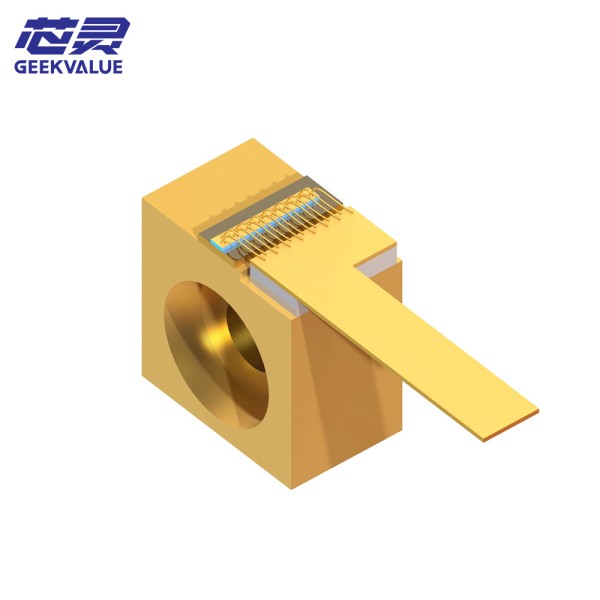HAMAMATSU (Hamamatsu Photonics Co., Ltd.) is a leading optoelectronics manufacturer in Japan. Its laser product line is widely used in scientific research, medical, industrial and measurement fields. HAMAMATSU lasers are known for their high stability, long life and excellent optical performance.
Main product series
Semiconductor lasers: including visible light and infrared bands, with power ranging from mW to W
Solid-state lasers: such as Nd:YAG lasers, etc.
Gas lasers: including He-Ne lasers, etc.
Ultrafast lasers: femtosecond and picosecond laser systems
Quantum cascade lasers (QCL): used for mid-infrared spectroscopy applications
Typical application areas
Biomedical imaging and diagnosis
Material processing
Spectral analysis
Flow cytometry
Optical measurement
Scientific research
II. Common faults and diagnosis of HAMAMATSU lasers
1. Laser output power decreases
Possible causes:
Laser diode aging
Optical component contamination
Temperature control failure
Unstable power supply
Diagnostic methods:
Check whether the current-power curve deviates from the original data
Use a power meter to measure the actual output
Check the working status of the TEC (thermoelectric cooler)
2. Laser cannot start
Possible reasons:
Power failure
Control circuit problem
Interlock device triggered
Cooling system failure
Diagnostic steps:
Check the power indicator status
Verify interlock connection (such as safety switch, emergency stop button)
Measure power output voltage
Check the operation status of the cooling system
3. Deterioration of beam quality
Symptoms:
Increased beam divergence
Abnormal spot pattern
Decreased beam pointing stability
Possible reasons:
Misalignment of optical components
Contamination or damage of laser cavity mirror
Influence of mechanical vibration
Excessive temperature fluctuation
III. Maintenance methods of HAMAMATSU lasers
1. Daily maintenance
Cleaning and maintenance:
Regularly clean the optical window (use special lens paper and appropriate solvent)
Keep the laser surface clean to avoid dust accumulation
Check and clean the cooling fan and vents
Environmental monitoring:
Maintain a stable ambient temperature (recommended 20-25°C)
Control the humidity within the range of 40-60%
Avoid vibration and mechanical shock
2. Regular maintenance
Quarterly maintenance items:
Check that all cable connections are secure
Verify laser output parameters (power, wavelength, mode)
Calibrate power monitoring circuit (if equipped)
Check cooling system performance
Annual maintenance items:
Full optical system inspection
Replace aging parts (such as O-rings, seals)
Full system performance test
Software and firmware updates
IV. Troubleshooting process
Record fault phenomenon: Record the fault manifestation and occurrence conditions in detail
Check basic items:
Power connection
Safety interlock
Cooling system
Environmental conditions
Consult the technical manual: Refer to the equipment Fault codes and diagnostic guides provided
Step-by-step testing: check one by one according to the system modules
Contact technical support: For complex faults, contact our technical team for support in a timely manner
V. Suggestions for extending the life of the laser
Avoid frequent power on and off
Work within the recommended parameter range and do not overload
Maintain a good working environment
Perform preventive maintenance regularly
Use spare parts and consumables recommended by the original manufacturer
Establish a complete use and maintenance record
By following the above maintenance guidelines and troubleshooting methods, the reliability and service life of the HAMAMATSU laser can be significantly improved, ensuring its long-term stable operation. For complex problems, it is recommended to always consult our professional technical support team first.







